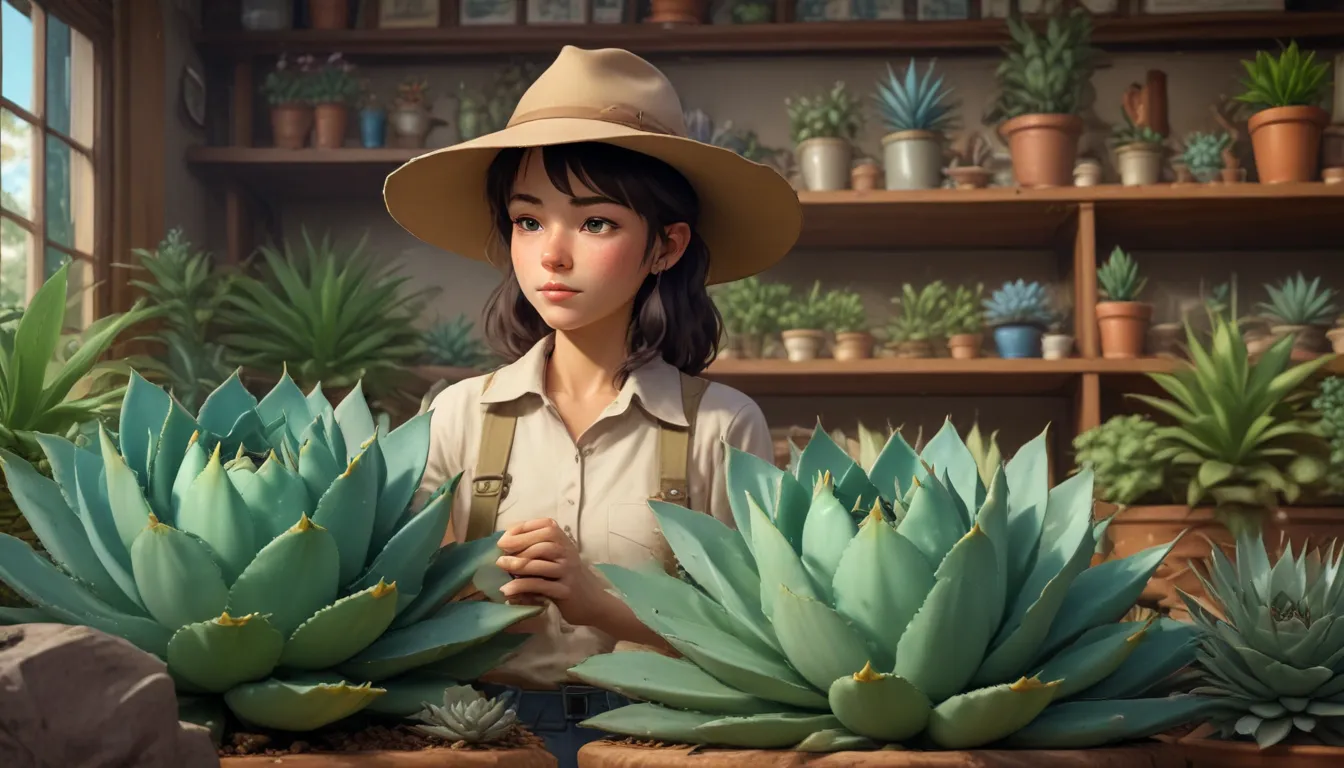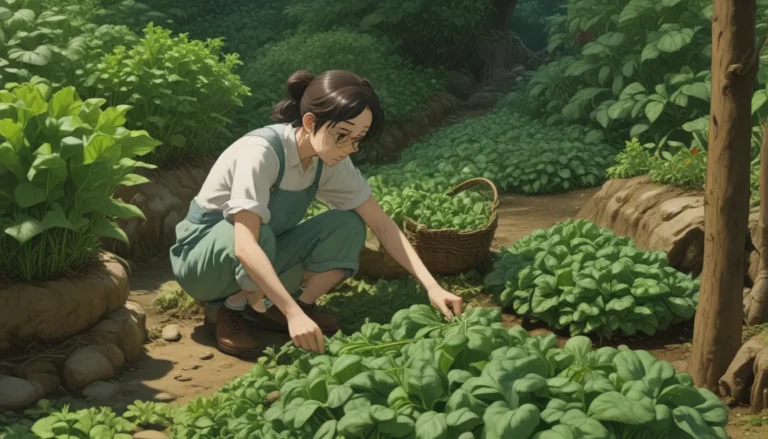A Comprehensive Guide to Growing and Caring for Agave Succulents in Your Garden

Agave plants are captivating succulents that come in a diverse range of shapes, sizes, and colors. From small green bulbs to rosy-toned large plants, their variety is truly fascinating.
It’s hard to believe that these plants are in the same category as cacti and other succulents due to their unique forms and sizes.
In this detailed guide, we will explore everything you need to know about agave plants, including their cultivation, propagation, planting, care, pruning, and maintenance. Whether you’re a seasoned gardener or just starting out, agave plants make a great addition to any landscape.
Let’s dive into the world of agave plants and discover how to grow and care for them in your garden for years of enjoyment.
What Is Agave?
The Agave genus consists of approximately 270 species, some of which are cultivated for food products like agave syrup and alcoholic beverages such as mezcal and tequila. These plants belong to the Asparagaceae family, which includes a wide range of species, from bluebells to snake plants.
Agave plants are characterized by their rosette-forming succulent structure, with some species reaching extraordinary heights of 10-12 feet. They are native to dry climates and thrive in USDA Hardiness Zones 7-11.
These plants are monocarpic, meaning they bloom once in their lifetime and then die off. Additionally, they contain toxic oxalates, making them harmful to pets if ingested.
Cultivation and History
Agave plants have a long history dating back to ancient civilizations like the Olmecs and Aztecs, who used them for food, beverage production, and medicinal purposes. In regions where agaves are native, such as Central and South America, these plants have cultural significance and are still cultivated for various purposes today.
Agave Plant Propagation
Agave plants propagate through pups, seeds, and bulbils. Pups are young plants that sprout from the parent plant’s runners, while seeds are triangular and flat, resembling those of lilies.
To propagate from seeds, plant them in well-draining soil and provide bottom watering to avoid excess moisture. Bulbils, which are tiny plantlets that form on the flower stalk, can be planted directly in the ground or in containers.
Transplanting pups and bulbils is a simple process that involves gently removing them from the parent plant and relocating them to a suitable location.
How to Grow Agave Plants
Agave plants are low-maintenance and thrive in semi-arid to arid regions with plenty of sunlight and well-drained soil. They should be watered sparingly, especially during the dormant period in late fall and winter.
When growing agaves, it’s essential to provide them with sufficient sunlight, proper spacing, and well-draining soil to ensure their health and longevity. Using a layer of gravel or sand can help retain moisture and prevent waterlogging.
Growing Tips
- Plant agaves in well-drained soil with ample sunlight.
- Water young plants weekly and provide partial shade in high-temperature regions.
- Monitor pup development and transplantation to avoid overcrowding around the parent plant.
Pruning and Maintenance
When pruning agave plants, be cautious and use sanitized garden tools to avoid damaging the plant. It’s essential to remove damaged or diseased leaves promptly to prevent the spread of pests and disease.
Agave plants are relatively pest-free, but they may face issues like snout weevil infestation and diseases like anthracnose and crown rot. Applying neem oil or insecticidal soap can help control pests, while proper pruning and sanitation practices can prevent disease spread.
Agave Species and Cultivars to Select
There are numerous agave species and cultivars to choose from, each suited to different climates and growing conditions. Some popular varieties include American agave, Blue Glow, and Foxtail agave, each offering unique characteristics and visual appeal.
Selecting agave species that are well-suited to your region’s climate and soil conditions is essential for successful cultivation and maintenance.
Managing Pests and Disease
While agave plants are relatively resistant to pests and disease, they may occasionally face issues like snout weevil infestation, anthracnose, and crown rot. Regular monitoring, proper sanitation practices, and timely intervention can help prevent and control these problems.
By following proper planting, care, and maintenance practices, you can cultivate healthy and vibrant agave plants in your garden.
Best Uses for Agave Succulents
Agave plants are versatile and can be used in various landscape settings, from desert gardens to xeriscapes. They pair well with other drought-tolerant plants and are ideal for creating natural, waterwise landscapes.
Whether you’re looking to create a focal point in your garden or establish a defensive planting barrier, agaves offer a unique and visually striking addition to any landscape.
In summary, agave plants are stunning succulents that can thrive in a range of climates and soil conditions. By selecting the right species, providing proper care and maintenance, and managing pests and disease effectively, you can cultivate vibrant and flourishing agave plants in your garden.
Are you ready to embark on the journey of growing and caring for agave plants? Share your thoughts and experiences with agave cultivation in the comments below!
Remember, when landscaping your outdoor space, always choose plant varieties that are suitable for your region’s climate and growing conditions to ensure the long-term health and beauty of your garden.
Happy gardening!





